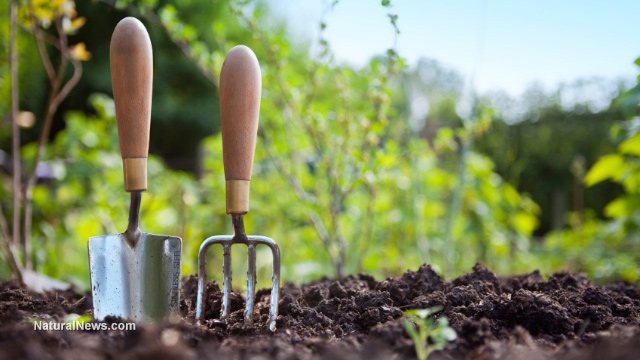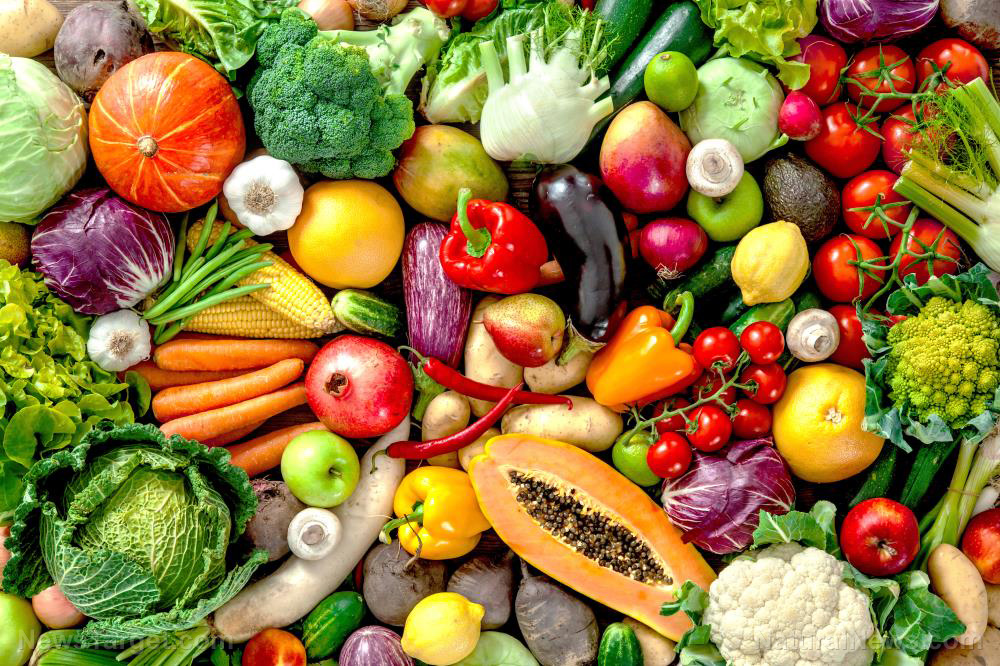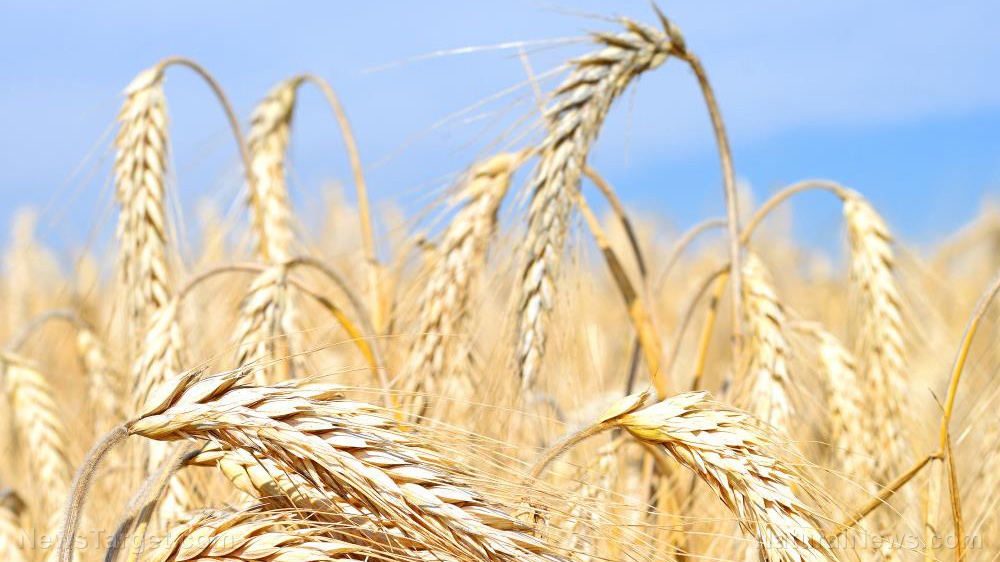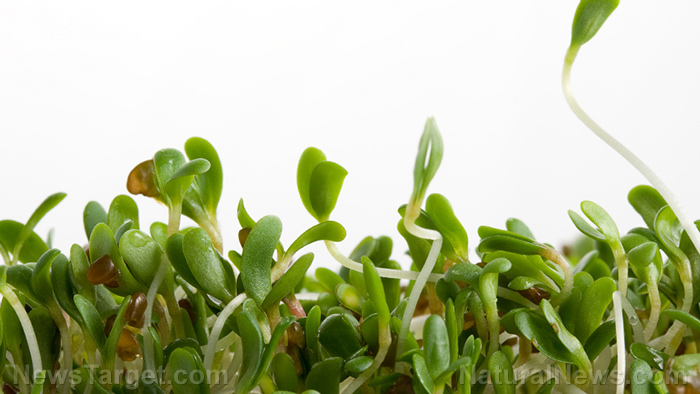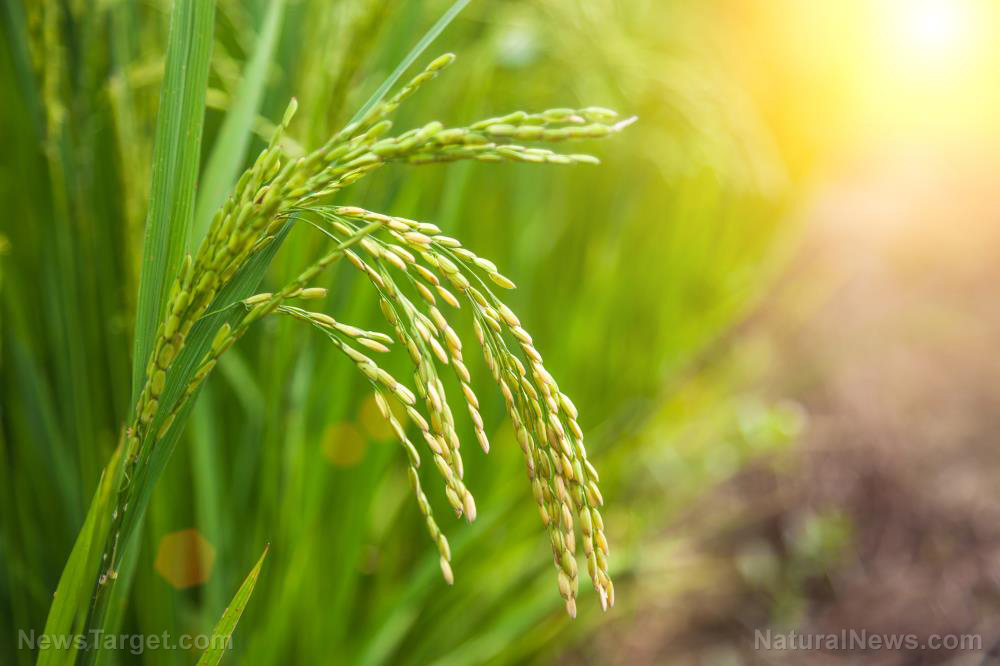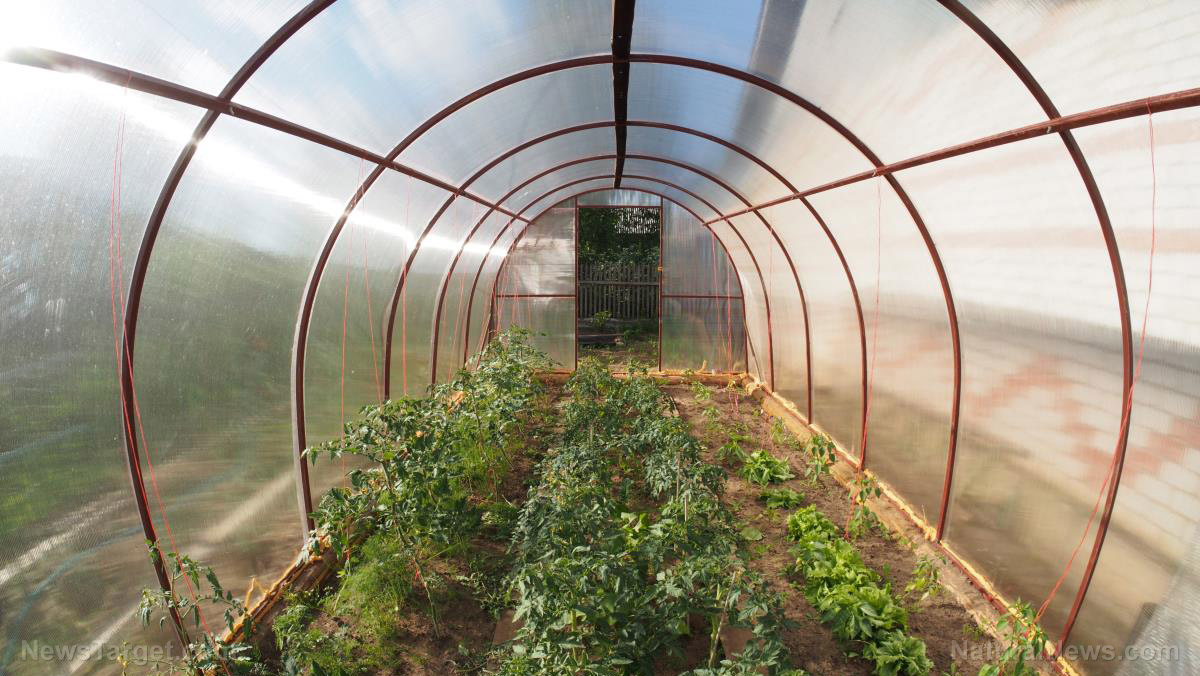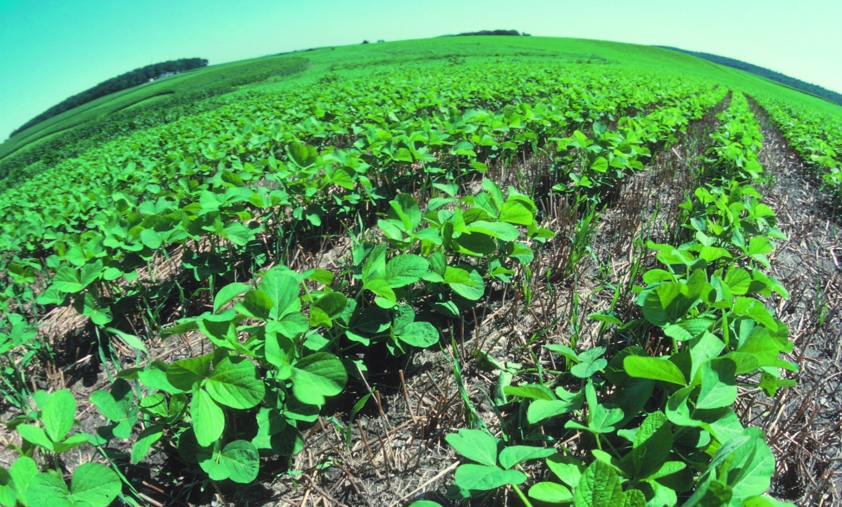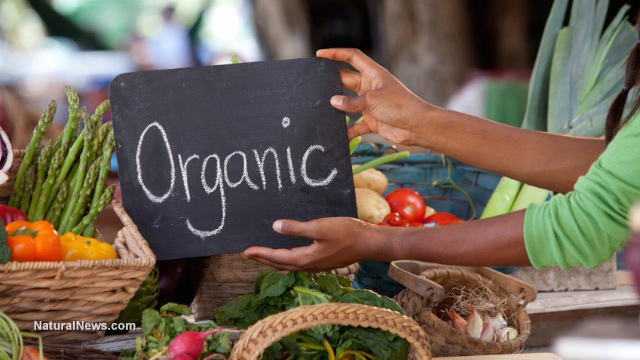A healthy diet for chickens found to have less environmental impact than using traditional feed
12/29/2018 / By Frances Bloomfield
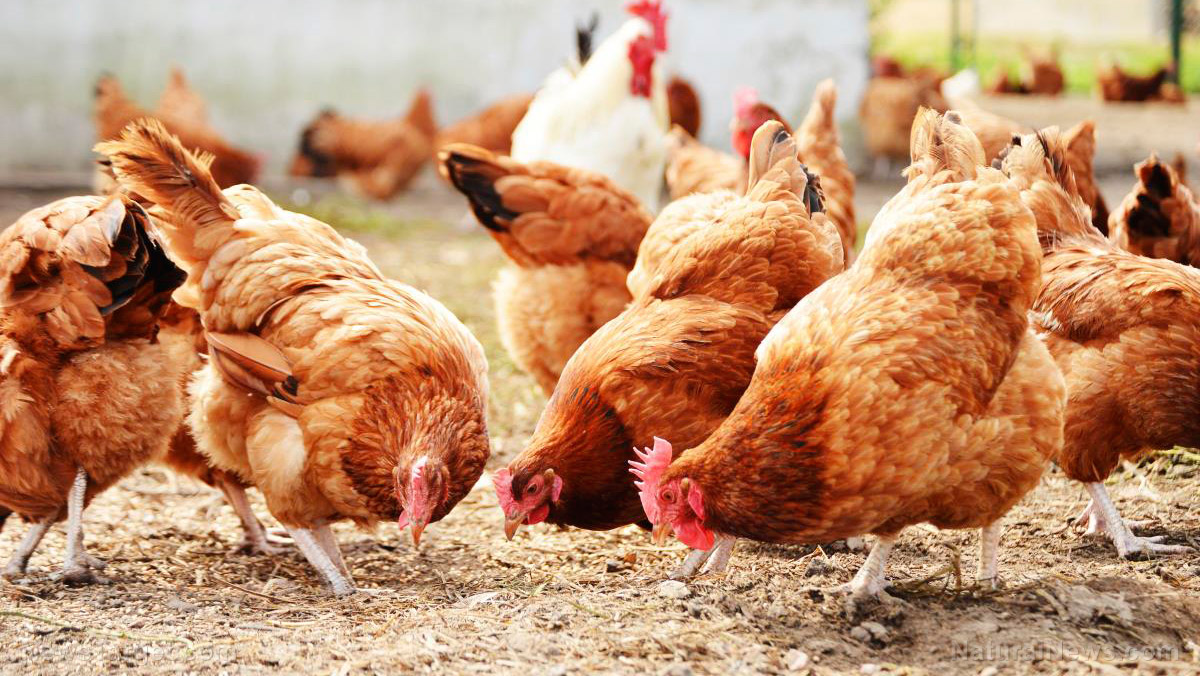
Organic food has been touted as being good for the body and the environment. One ecological economist has done the legwork and found this to be true. For chickens, at least.
Nathan Pelletier, a sustainability consultant affiliated with the University of British Columbia, put forth a new study claiming that chickens given vegan organic feed produced eggs that had smaller environmental footprints than chickens sustained on non-organic feeds.
To come to this conclusion, Pellletier utilized a “cradle-to-customer environmental life cycle assessment” that took into consideration all of the activities involved in egg and egg product supply chains. These ranged from the type of feed and manure management to housing. Through this, Pelletier was able to gauge the movement of “materials, energy, and emissions associated with activities all along the supply chain.”
Pelletier discovered that manure management and feed type had the most significant effects on environmental impact. He further noted that organic eggs had lower emissions intensity and resource use than all other types of eggs, which are conventional cage, enriched cage, free run, and free range. In fact, Pelletier wrote that organic eggs had “57 to 80 percent of impacts compared to the national average.”
According to Pelletier, this was due to organic feeds having a far better environmental performance over conventional feeds.
The majority of commercial feeds are made up of 70 percent cereal grains, 20 percent vegetable and animal protein sources, and 10 percent nutritional additives. The animal protein sources are usually comprised of meat, bone meals, and other animal byproducts. Livestock production requires a massive portion of arable land and other resources, while the animals themselves generate considerable amounts of waste and greenhouse emissions.
An article put out by the Stanford Report has called the livestock sector a “major environmental polluter” and stated that “much of the world’s pastureland has been degraded by grazing and feed production” since these lands often need to make intensive use of fertilizer, water, and even pesticides. It has gotten to the point where “without a change in current practices, the intensive increases in projected livestock production systems will double the current environmental burden and will contribute to large-scale ecosystem degradation unless appropriate measures are taken.” (Related: How animal agriculture impacts the environment)
By comparison, organic feeds are made from non-livestock sources, and as such need far less resources and release fewer emissions. Commercial organic feeds are typically composed of pelleted mixtures or mixes of cracked or whole grains. To make up for the lack of protein, some manufacturers include natural vitamin and mineral supplements or amino acid supplements in their feeds.
Pelletier concluded his study by writing: “Scenarios modeled in this study to assess the mitigation potential of achieving best reported performance for feed conversion efficiency and rate-of-lay, as well as sourcing organic feeds, suggest that further reducing the industry-average resource and emissions intensity of Canadian egg products by over 50 percent may be possible.”
Go to FoodScience.news for more stories on chicken feed.
Sources include:
Tagged Under: agriculture, animal diets, Animal Feed, chickens, Ecology, environ, environment, food supply, harvest, hens, livestock, nutrition, organic farming, research


